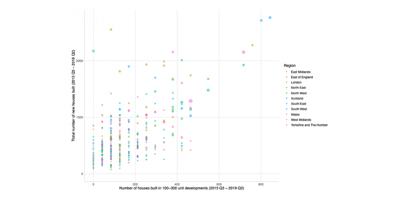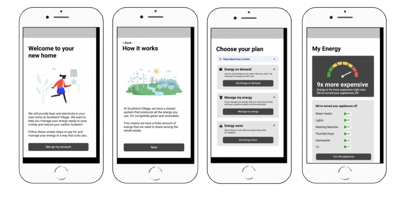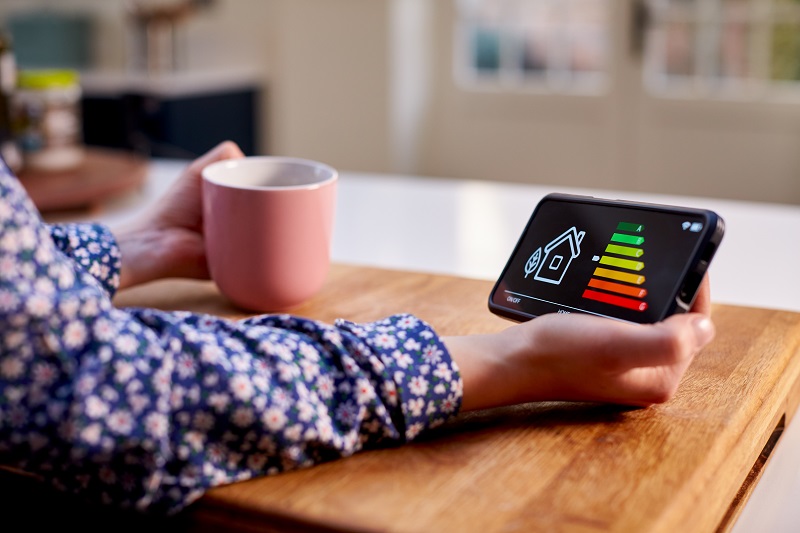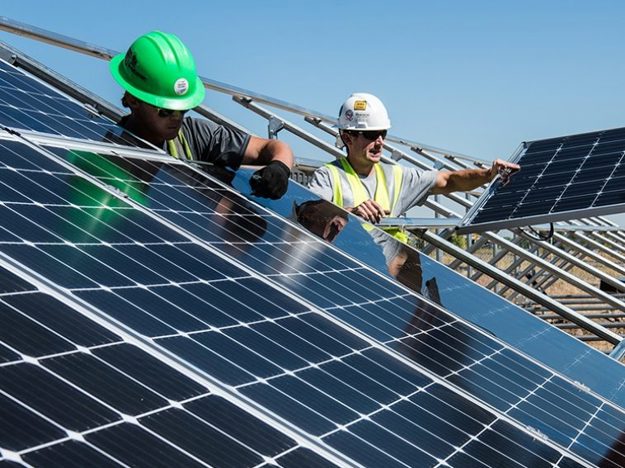Challenge
Domestic energy use accounted for 21% of UK greenhouse gas emissions in 2019, and around three quarters of this came from heating our homes. The UK has set aside ambitious targets to ban gas heating from new homes by 2025 and achieve net zero emissions by 2050.
However, research has consistently pointed to challenges in the implementation of green energy systems by local authorities in new build houses, as well as hesitation by social housing landlords and residents to switch over in existing properties.
Project Remedy is an Innovate UK project led by Southend-on-Sea Borough Council which is exploring the technical and commercial feasibility of smart local energy systems (SLES), with a consortium of public and private partners. Leading on user research, we explored the barriers and opportunities for residents and landlords designing, managing and using new ways of providing and consuming energy.
Smart Local Energy Systems combine different renewable energy technologies, such as solar panels, EV charging stations and ground source heat pumps as part of a “private wire” (the local element of SLES). Battery storage and smart technology allow energy to be stored and sold back to the grid at an appropriate time.

Solution
Understanding where there may be the greatest need and opportunity for low carbon smart local energy systems (SLES) to be adopted across new developments, we used data models to explore the relationship between housing supply, central government housing targets and the percentage of housing stock with renewable energy installations.
The data plotted below shows that local authorities with the highest percentage of renewable energy installations were the same authorities on track to meet (or exceed) their Local Plan housing targets.
This highlights the competing demands that local authorities face in meeting central government’s local planning requirements and the installation of green energy systems in new builds. Councils have been set a difficult task of balancing net zero targets while maintaining a steady supply of development.
And while the data shows that renewable energy may be more prevalent when local planning pipelines are secure, central government's strict requirements can have adverse effects on the rate of its adoption.

So while we focused our research on new builds for this phase of research, we also knew we needed to look at how smart energy systems might be implemented into existing buildings and what this experience might look like for landlords and residents.
Understanding what residents and landlords need
In our next phase of research, we shifted our focus to social housing residents and landlords and their renewable energy practices. This was a shift from the systems approach that we previously took, to a service model mindset including the commercial viability. In doing so, our goals were to:
- understand the needs of social housing landlords seeking to retrofit local energy models into an existing estate
- understand and map the current and future energy journey for low income residents in social housing
Concerns around funding, supply chains and deadlines have led most landlords to delay planning for retrofitting homes with greener energy. Guidance is straightforward for new builds but for retrofitting homes, there are competing requirements that often lead to greater costs and less control over the installation. This has caused landlords to become more risk averse when considering a smart energy system retrofit over traditional models.
We also interviewed a number of residents in social housing and the private rented sector. They lived in both urban and rural settings with a mixture of households including families, flatshares, people living alone, people with disabilities, carers and the elderly.
To test their experiences and considerations around energy use, we prototyped a future smart energy experience with different plans and scenarios.

We found that while some residents are confused by the complexity of the energy market, others have become adept at navigating competing products and taking advantage of current deals to save costs. Additionally, there is a strong need for flexible payment and budget options, particularly amongst low income residents.
Interestingly, we also found that climate is not top of mind when it comes to decision making for low income residents. Instead, they’re highly motivated by a sense of duty and responsibility not to be wasteful and will make sacrifices when provided the right information, support and incentives. Therefore “sustainability” is not enough of a value proposition for new energy services when it comes at the expense of flexibility and transparency.
Despite technological readiness and interest from residents, certain constraints limit experimentation with SLES. One of the biggest challenges is implementing a service that focuses on protecting residents from fuel debt. Investing in targeted support and assistance to help financially vulnerable people work out a payment plan and routine for their energy use that meets their personal and financial needs is essential.
Impact
Through our work, we designed a future customer experience journey with layers of support to help residents manage their budget and household energy use. This also supports them to make responsible choices that reduce demand on the system while lowering their bills.
The next step in SLES adoption is empowering people to make responsible choices for themselves, their families and the climate. While residents look to public organisations like councils or housing associations to play a role in regulating the service, ensuring consumers are protected and decisions are made in residents’ best interests, many individuals are also keen on the idea of community influence and being part of the conversation.
To move forward, we must encourage the design of inclusive smart local energy services that value the everyday experience.

Related insight
Opportunities for local government to support residents, create local energy resiliency, and achieve Net Zero.
5 ways local government can respond to the energy crisisOur latest work
Transformation is for everyone. We love sharing our thoughts, approaches, learning and research all gained from the work we do.

Digital tools empowering residents to care for at-risk children
Creating a groundbreaking suite of new digital tools to support caregivers of at-risk children, provide guidance and drive applications.
Read more
Creating greater outcomes for residents through organisational change
Learn why organisational change is so fundamental to local government in delivering positive impact for the long term to residents and communities.
Read more
Involving communities in the decisions that affect them in South Yorkshire
Helping South Yorkshire Mayoral Combined Authority to better meet the needs of their citizens.
Read more
